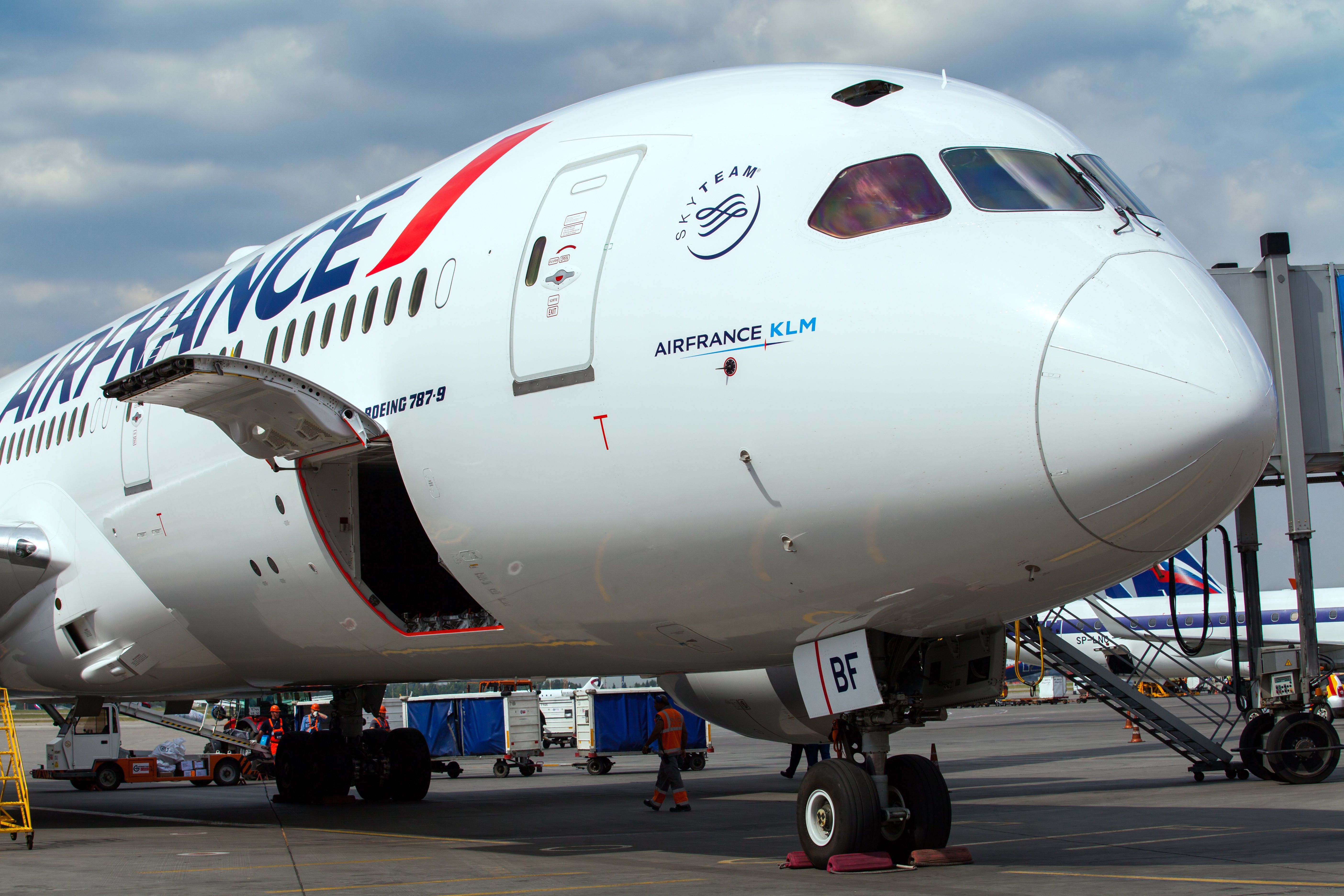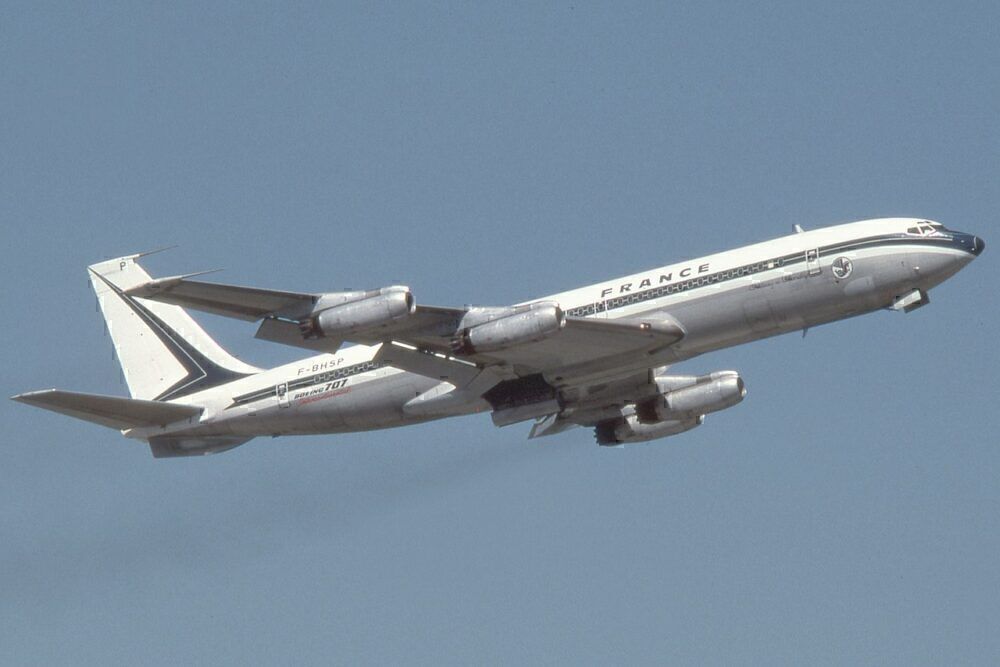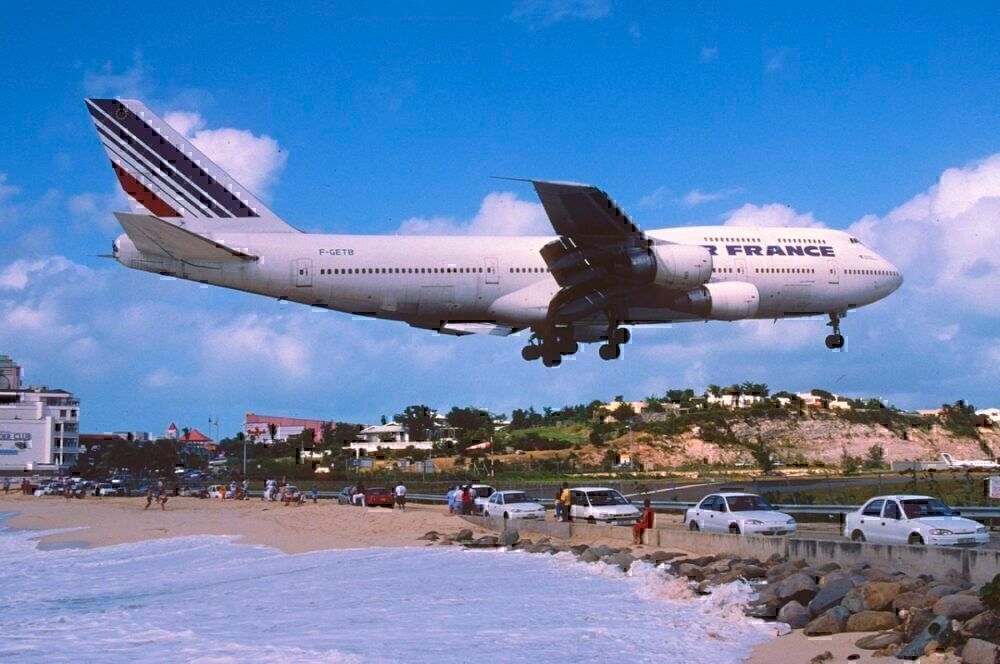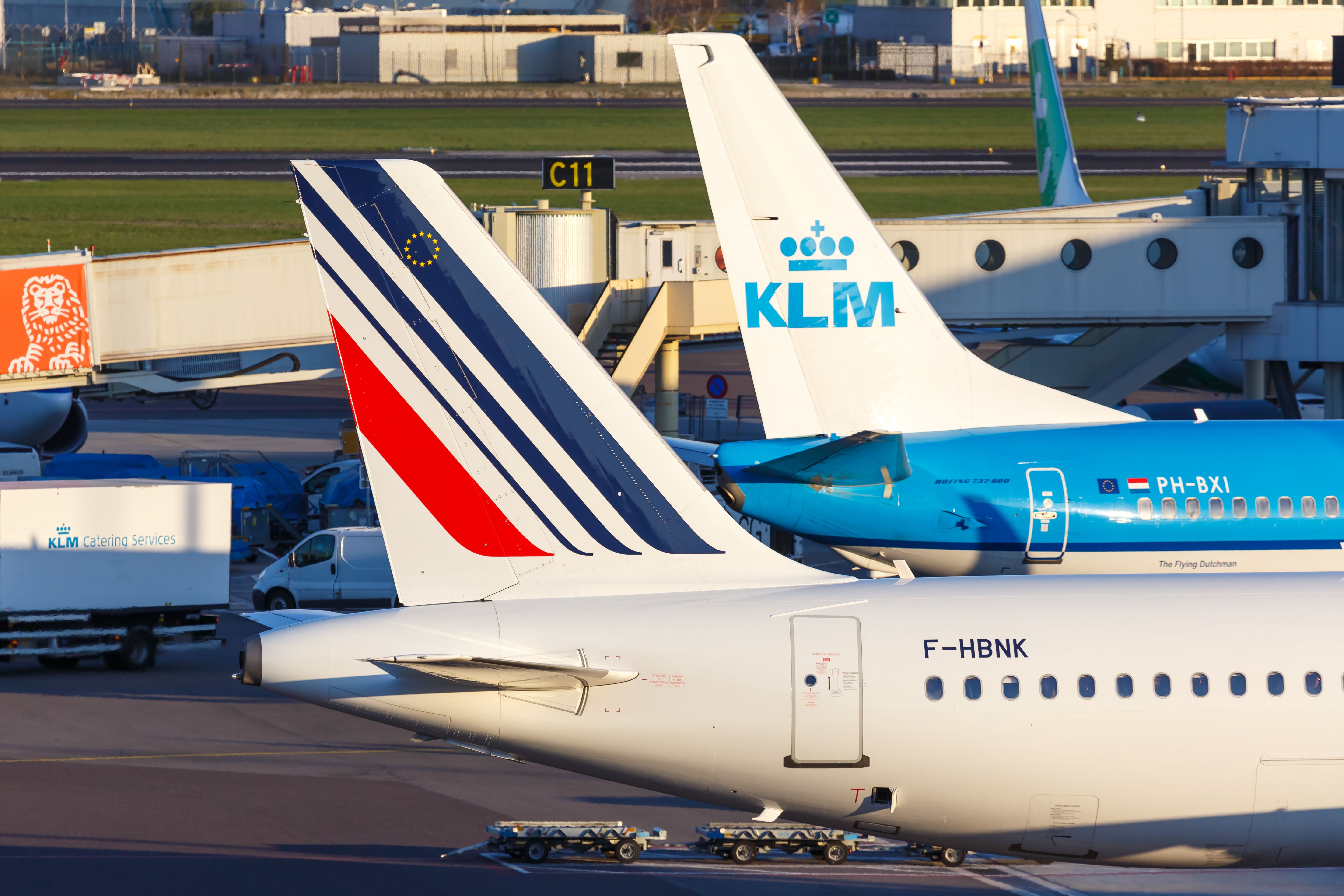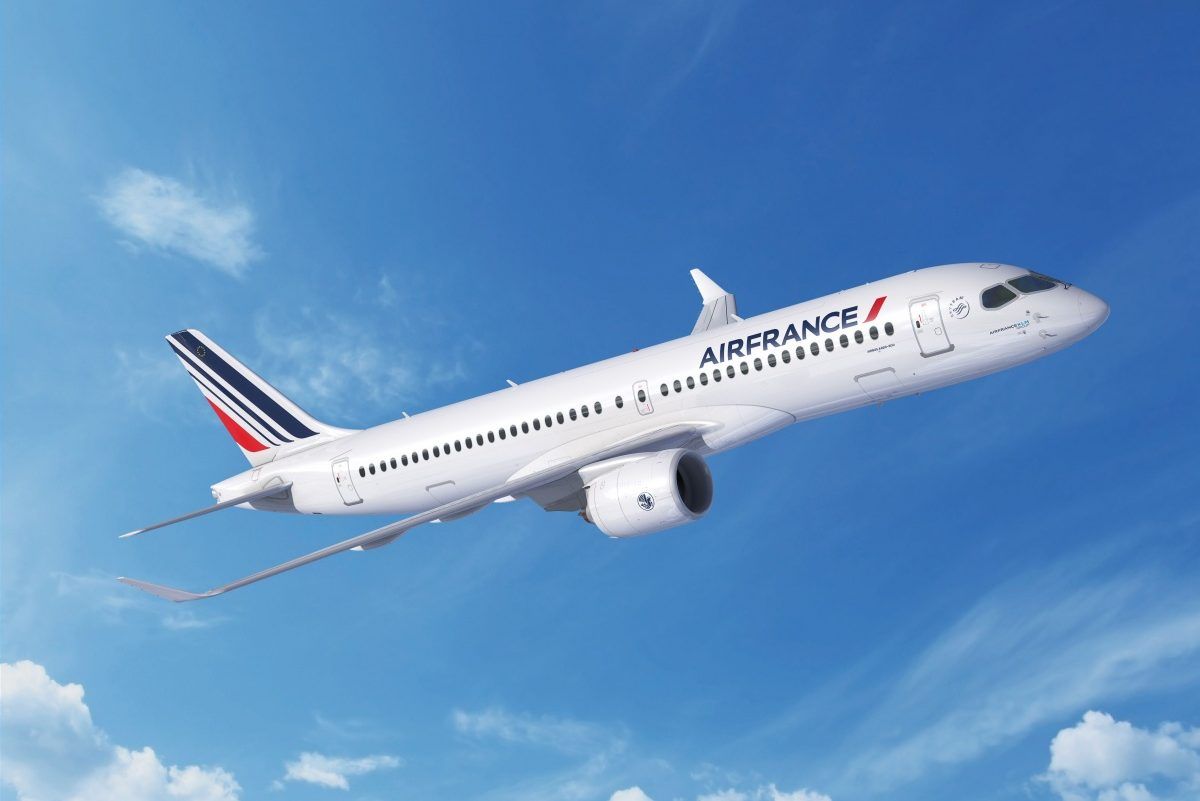On August 30th, 1933, a new airline was born from a merger, officially commencing operations as “Air France” on October 7th the same year. Today, the company is owned by Air France-KLM, one of the most prominent European airline groups in terms of passengers carried. Of course, the road to success for any business is not linear, with many changes and challenges along the way. In this article, we will explore the development of the French flag carrier.
1 Inception Story
France’s national airline was formed just shy of 90 years ago after the five main French airlines, Air Orient, Air Union, Lignes Farman, CIDNA, and Aéropostale, merged. Louis Allègre, the institution’s first Director-General, held a press conference at the time, where George Raffalovitch, a journalist at Le Journal, came up with “Air France” as the name for the new airline.
While the routes of the constituent airlines created a far-reaching network, Air France was very much reliant on its Paris-London business route, on which 39% of its passengers flew in 1938.
2 Rapid Expansion
Just after World War II, Air France became a state-owned company and had to be rebuilt from the ground up. Restructuring its route network, the airline focused much more on international travel, with long-haul routes such as Paris-New York City prioritized, and only two domestic flights remained (Paris-Lyon-Marseilles and Paris-Nice.
In addition to enhancing its fleet with Douglas and Lockheed aircraft, Air France went on a hiring spree, more than doubling the workforce in just three years (January 1st, 1946 - January 1st, 1949). With good leadership, Air France became a giant in Europe, ranking among the top 10 airlines globally in terms of passenger traffic, notably just behind the major American carriers.
3 Entering the jet age
Air France’s first jet airliner was a de Havilland DH.106 Comet, reportedly flying routes such as Paris-Rome-Beirut. However, as many readers likely know, the Comet was associated with multiple catastrophic incidents and was relatively short-lived.
The carrier states that the Sud Aviation Caravelle and Boeing 707 truly propelled their business, allowing for a doubling in passenger traffic within ten years. With “the two best jets on the world’s biggest network,” Air France connected Europe with the Caravelle and their long-haul routes with the 707.
4 You’re gonna need a bigger plane
Despite fighting an oil crisis at the time, the airline adopted many of the most notable aircraft of the 1970s. Just months after debuting with Pan Am, the French flag carrier operated its first Boeing 747-100 on June 3rd, 1970.
This marked the beginning of mass transport for the airline, which became the launch customer for Airbus’s A300 a couple of years afterward. And soon after, in January 1976, Air France's fleet was further enhanced with Concorde. In total, Air France flew 74 Boeing 747s (spanning the different variants), 28 A300s, and 7 Concordes.
Love aviation history? Discover more of our stories here.
5 Air France-KLM
On September 30th, 2003, Air France and Netherlands-based KLM Royal Dutch Airlines announced a merger that would take place on May 5th, 2004, with the new company fittingly called “Air France–KLM.” Though the carriers still fly under their individual banners as wholly-owned subsidiaries, the combination at the time became the world’s largest airline in terms of operating revenue and third in passengers carried (“66 million for 550 aircraft operated in 2003”).
Based at two of the most prominent European hubs, Paris-Charles de Gaulle and Amsterdam-Schiphol, Air France-KLM are poised for a bright future.
Are you a frequent flyer with France’s national airline? Let us know your experience in the comments below.
Sources: Air France

